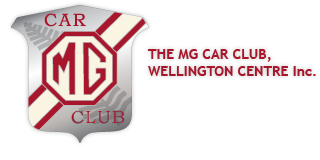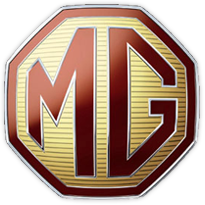About MGs
The following was taken from a Wikipedia article on the MG Car:
The original MG marque was in continuous use (barring the years of the Second World War) for 56 years after its inception. Production of predominantly two-seater sports cars was concentrated at a factory in Abingdon, some 10 miles (16 km) south of Oxford.[2] The British Motor Corporation (BMC) competition department was also based at the Abingdon plant and produced many winning rally and race cars. In the autumn of 1980, however, the Abingdon factory closed and MGB production ceased.
Between 1982 and 1991, the MG marque was revived on sportier versions of Austin Rover'sMetro, Maestro and Montego ranges. After an interval of barely one year, the MG marque was revived again, this time on the MG RV8 – an updated MGB Roadster with a Rover V8 engine, which was produced in low volumes.
A second revival came in the summer of 1995, when the high volume MG F two-seater roadster was launched.
The MG marque passed, along with the Rover marque, to the MG Rover group in May 2000, when BMW "broke up" the Rover Group. This arrangement saw the return of MG badges on sportier Rover-based cars, and a revised MG F model, known as the MG TF, launched in 2002. However, all production ceased in April 2005 when MG Rover went into administration.
The assets of MG Rover were bought by Chinese carmaker Nanjing Automobile in July 2005[3] (subsequently bought by SAIC in December 2007),[4] who now operate a UK subsidiary, MG Motor.








